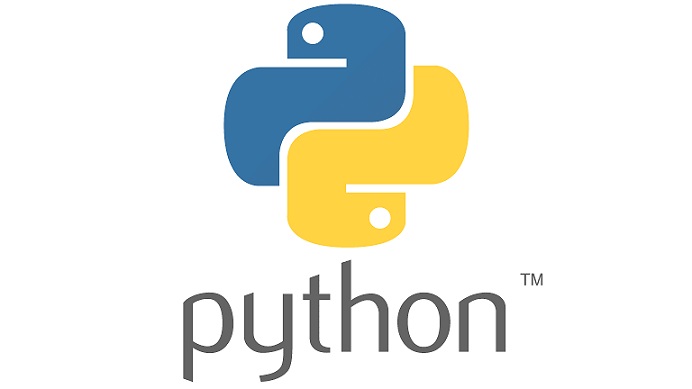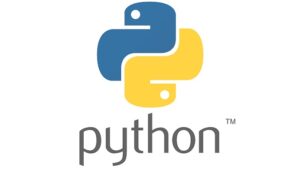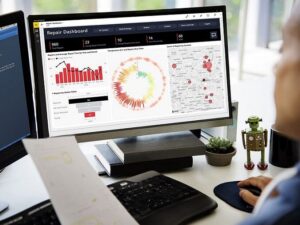Power BI’s integration with Python opens up a wide array of analytical and visual possibilities, leveraging powerful libraries and functions. Here’s how the integration works and what it can offer:

1. Setting Up Python in Power BI
- Installation: Power BI supports various Python distributions. Anaconda is commonly used as it includes many of the necessary data science packages.
- Configuration: In Power BI Desktop, you can set up the Python scripting option by selecting the Python distribution installed on your machine.
2. Utilizing Python Scripts in Power BI
- Query Editor: You can run Python scripts to transform data within the Power Query Editor. This allows for data cleaning, transformation, and feature engineering using Python code.
https://learn.microsoft.com/en-us/power-bi/connect-data/desktop-python-scripts
- Python Visual: Power BI provides the ability to create visuals using Python libraries like Matplotlib, Seaborn, and Plotly. This expands the range of visualization options within Power BI.
https://learn.microsoft.com/en-us/power-bi/connect-data/desktop-python-visuals
3. Advanced Data Analytics
- Machine Learning Models: You can build and train machine learning models using Python libraries like Scikit-learn and then use them within Power BI for predictions.
- Statistical Analysis: Conduct complex statistical analysis using libraries like Statsmodels to bring deeper insights into Power BI reports.
4. Use Cases and Benefits
- Custom Visualizations: Create entirely customized and interactive visuals not available in the standard Power BI visual library.
- Data Preprocessing: Utilize Python’s powerful data manipulation libraries like Pandas for sophisticated data transformation.
- Predictive Analytics: As mentioned earlier, Python integration allows for the development of predictive models, such as regression, classification, clustering, etc.
5. Challenges and Considerations
- Performance: Python scripts can add processing time to Power BI reports, so careful consideration should be given to script complexity and data volume.
- Security: Ensuring that the Python code used complies with organizational security guidelines.
- Version Compatibility: Ensuring that the Python libraries and versions used are compatible with each other and with Power BI.
Summary
Power BI’s integration with Python significantly enhances its capabilities, enabling more advanced analytics, data transformations, and custom visualizations.
It opens the door for data scientists and analysts to bring their Python expertise into Power BI environments, bridging the gap between data analysis and business intelligence.
For Power BI courses visit our site




